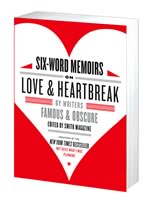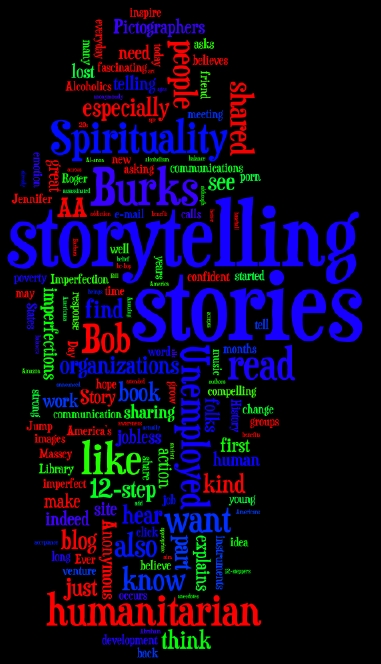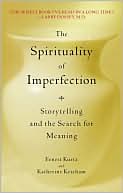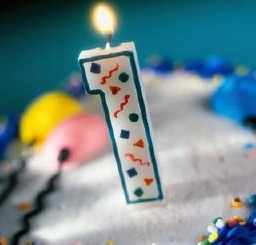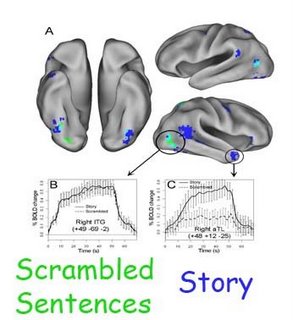As a followup to Friday’s entry about Unemployed Bob who is attempting to collect stories of the jobless through his eponymous blog, I came across the story of Greg Dillon, as told by CNN’s Jennifer Reingold on CNNMoney.com. What makes the story especially interesting is the fact that Dillon is a career counselor. Reingold writes:
The worst thing for Dillon is the sense of powerlessness, even as he knows that others are in the same situation. “It’s a double-edged sword,” he says. “You don’t take it as personal because it’s affecting everyone, but at the same time those other people are also competing against you for jobs.”
If a career counselor, who presumably knows all the right moves, feels powerless, it’s easy to imagine how typical laid-off folks feel.
I was impressed by another out-of-work job-seeker who presumably knows all the right moves, recruiter Craig Campbell. I so often advise the unemployed that they must treat job-seeking like a job unto itself and really put the necessary time and work into it — but few do. Campbell, however, does. He should be the poster child for hard-working job-seeker. An excerpt from a blog entry describing his efforts:
Between online, on the phone and in person, I’m working-and obsessing-over my search about six to seven hours a day. I’ve built a career profile that includes my professional value proposition (the unique value that I offer to employers) and looks more like a marketing one sheet-an easy-to-read page that highlights my expertise-rather than the basic text resume. With the help of a friend I designed a Web profile and blog. I created a ‘call to action’ Outlook signature with links to my resume and Web site so that for every email exchange I have, the recipient can view or forward my profile. I updated my profiles and significantly increased my participation on social networking sites such as LinkedIn, Facebook and Twitter. I’m participating in blogs, chats, and Webinars and providing advice as a recruiting industry expert. I’ve created several competitive comparison case studies to present to the employers that I’m interested in. It outlines what they’re doing versus what their most direct competitors are doing (of course the final part, is how I can help close that gap). I’m also seeking out opportunities to speak on my areas of expertise for a fee or free.
… I think the extra work is necessary considering how competitive the environment continues to get with more layoffs every week. While I don’t have offers yet, after about a month of launching this new effort, I have been to several final round interviews. Each time they have commented on my career profile, online career page as well as my comments and feedback on their blogs or other social media outlets. It doesn’t always result in actual opportunity, but at a minimum they’re letting me know that I’m on their radar.
During the Great Depression, no medium like the Internet existed for the widespread dissemination of stories of the jobless. I believe the unemployed today are fortunate to have stories that help them feel they are not alone — and to offer tips on what is working and not working in the job search in this climate.

